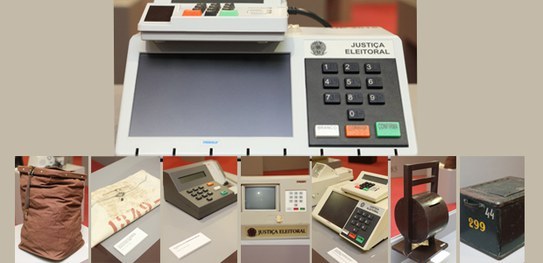History

In 1985, a computerized electoral register was implemented by the TSE. The electronic ballot box, as it is conceived today, was developed in 1995 and used for the first time in municipal elections the following year.
For the preparation of the electronic voting machine project, in 1995, the TSE formed a technical committee led by researchers from the National Institute for Space Research (Inpe) and the Aerospace Technical Center (CTA) of São José dos Campos, which defined a specification of operational requirements.
The first name of the electronic ballot box was Electronic Vote Collector (CEV, the acronym in Portuguese). The purpose of the machine was to identify alternatives for automating the voting process and define the measures necessary for its implementation, starting with the 1996 elections, in more than 50 Brazilian municipalities.
The equipment, responsible for automating 100% of the elections, was then launched in Brazil in 1996 and today serves as a model for several other countries, which have been testing the machine's capacity to be implemented in their electoral processes.
In March 2009, the TSE received an award in the area of technology for its contribution to the development of electronic voting machines. The award was the result of a partnership between the University of São Paulo (USP), George Washington University, and the Business Software Alliance (BSA). BSA is an entity that brings together institutions and companies working with information technology and promotes the event to highlight ideas that are unprecedented in the world.
